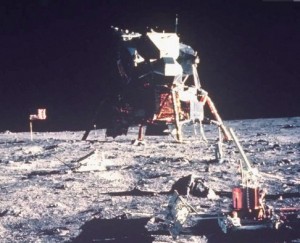Are we restless and driven to explore, as Sagan says? Will going into space bring humanity together or will we simply bring inequalities and injustices with us? The idea of humans as benevolent explorers sits somewhere between two extremes: those who argue it is our “destiny” to “colonize” other worlds, and those who ask why we’re going into outer space at all.
~ Michael P. Oman-Reagan, from Wandering Among the Stars
slip:4usacu1.
We’re definitely going. Whether we like it or not, there are enough of us who are unable to not try to wander outside our little cave and over the next hill, sabertooth tigers or no. I think a much better question is: What have we lost, now that many (most?) of us are no longer in touch with the night sky. My answer: A lot. And if we continue and lose our curiosity entirely, everything.
I’ve had the insanely rare privilege of experiencing the real night sky on many occasions. (For one example, once in a very special place, on a moonless night, Mars cast my shadow.) In all my experiences, I still believe I’ve only glimpsed a part of my human heritage. What would we be like if we all were fully in touch with our heritage?
ɕ
 There is a
There is a